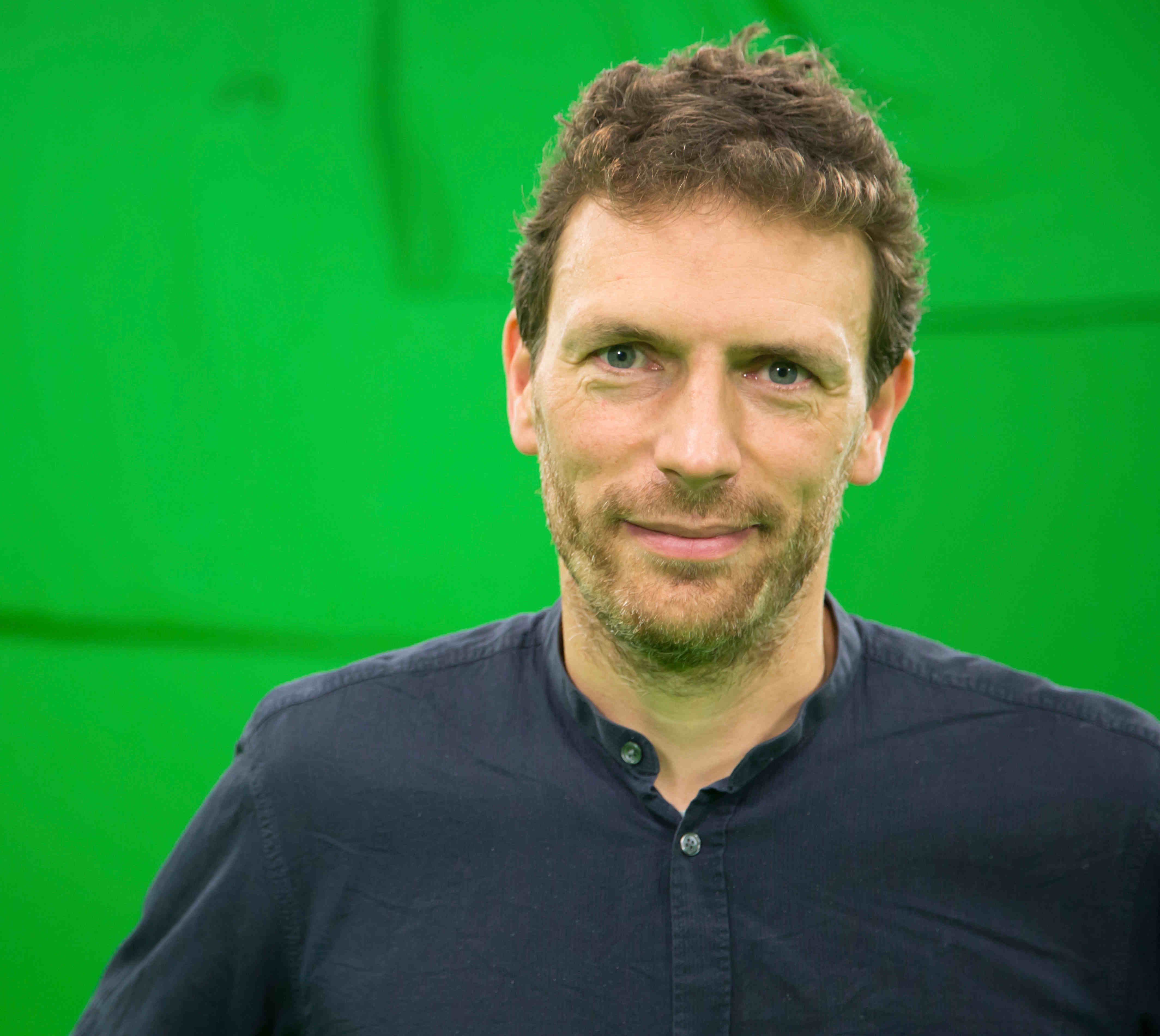 Bruno Raffin
Bruno Raffin| Home |
| Publications |
| Contact |
I am:
- Senior Scientist (Director of Research) at INRIA, Grenoble France
- Leader of the DataMove team, a joint research team from INRIA, Univ. Grenoble Alpes and CNRS.
- Commuting by bike since 1992
- My Google Scholar Profile
- Short Bio (updated August 2022)
Ph.D. students I really enjoy(ed) to work with:
- Sofya Dymchenko. Started in 2022
- Lucas Meyer. Started in 2020 (co-advised with Alejandro Ribes)
- Amal Gueroudji. Started in 2020 (co-advised with Julien Bigot)
- Sebastian Friedemann. Defended in 2022
- Estelle Dirand. Defended in 2018 (co-advised with Laurent Colombet)
- Julio Toss. Defended in 2017 (co-advised with Joao Comba)
- Marwa Sridi. Defended in 2016 (co-advised with Thierry Gautier and Vincent Faucher)
- Joao Lima. Defended in 2014 (co-advised with Thierry Gautier and Nicolas Maillard)
- Matthieu Dreher. Defended in 2015
- Marie Durand. Defended in 2013 (co-advised with François Faure).
- Benjamin Petit. Defended in 2011 (co-advised with Edmond Boyer).
- Marc Tchiboukdjian. Defended in 2010 (co-advised with Denis Trystram and Vincent Danjean).
- Everton Hermann. Defended in 2010 (co-advised with Francois Faure)
- Jean-Denis Lesage. Defended in 2009.
- Clement Menier. Defended in 2007 (co-advised with Edmond Boyer).
- Jeremie Allard. Defended in 2005.
- Jesus Verduzco. Defended in 2005.
My current research activities focus on Multi-core architectures (CPUs and GPUs) offer an unique opportunity for High Performance Interactive Computing, but taking full benefit of their performance is challenging given the number and heterogeneity of computing units and the complexity of the memory hierarchy. I have been working on cache efficient data structures (for static meshes but also moving particules) relying on cache oblivious approaches to improve the performance of parallel executions on NUMA machines as well as GPUs. Load balancing is a key feature to enable efficient resource usage when dealing with irregular parallelism. KAAPI, a highly optimized parallel runtime developped in our team, is my favorite environement to support parallel adaptive algorithms. In particular, I have been working on enabling seamless executions on hybrid multi-CPUs and multi-GPUs architectures by relying on a tailored work stealing algorithm to dynamically schedule task either on CPUs or GPUs depending on resource activity and memory affinity criteria. One target application is the SOFA physics engine.
I also worked on real-time multi-camera 3D modeling, full-body interaction and telepresence, that we
experimented on the Grimage platform, then replaced by the
50+ camera platform Kinovis (Equipex). See the succesfull
demos at Siggraph 2007 and Siggraph 2009 as well as this telepresence expriment
presented at ACMM10. Developping and running these very advanced appications on distributed GPU
clusters was only possible using the FlowVR framework that we
developped.
Initial works in virtual reality (early 2000's) led to the development of the Net Juggler and SoftGenLock
Libraries. Net Juggler distributes graphics rendering on a PC
cluster. SoftGenLock enables active stereo on a Linux PC cluster with
commodity graphics cards. These two software peices contributed to the shift
from dedicated SGI machines used at the time to power immersive environement to commodity PCs.
From 1999 to 2001 I was Assitant Professor at LIFO, Université
d'Orléans. I taught cryptography and network security, computer
architecture, parallel programming, networking, object programming and
operating systems classes.
I worked almost two years (98-99) at Iowa State University
on parallel computer performance evaluation and taught
one calculus classe per semester. Research work was done with
Pr. Glenn R. Luecke in close collaboration with Cray and
SGI.
I obtained a Computer Science Ph.D. from Université d'Orléans in 1997, advised by Bernard Virot and Robert Azencott. Research
work focused on structured parallel progamming (formal approach based on operational/denotational semantics).